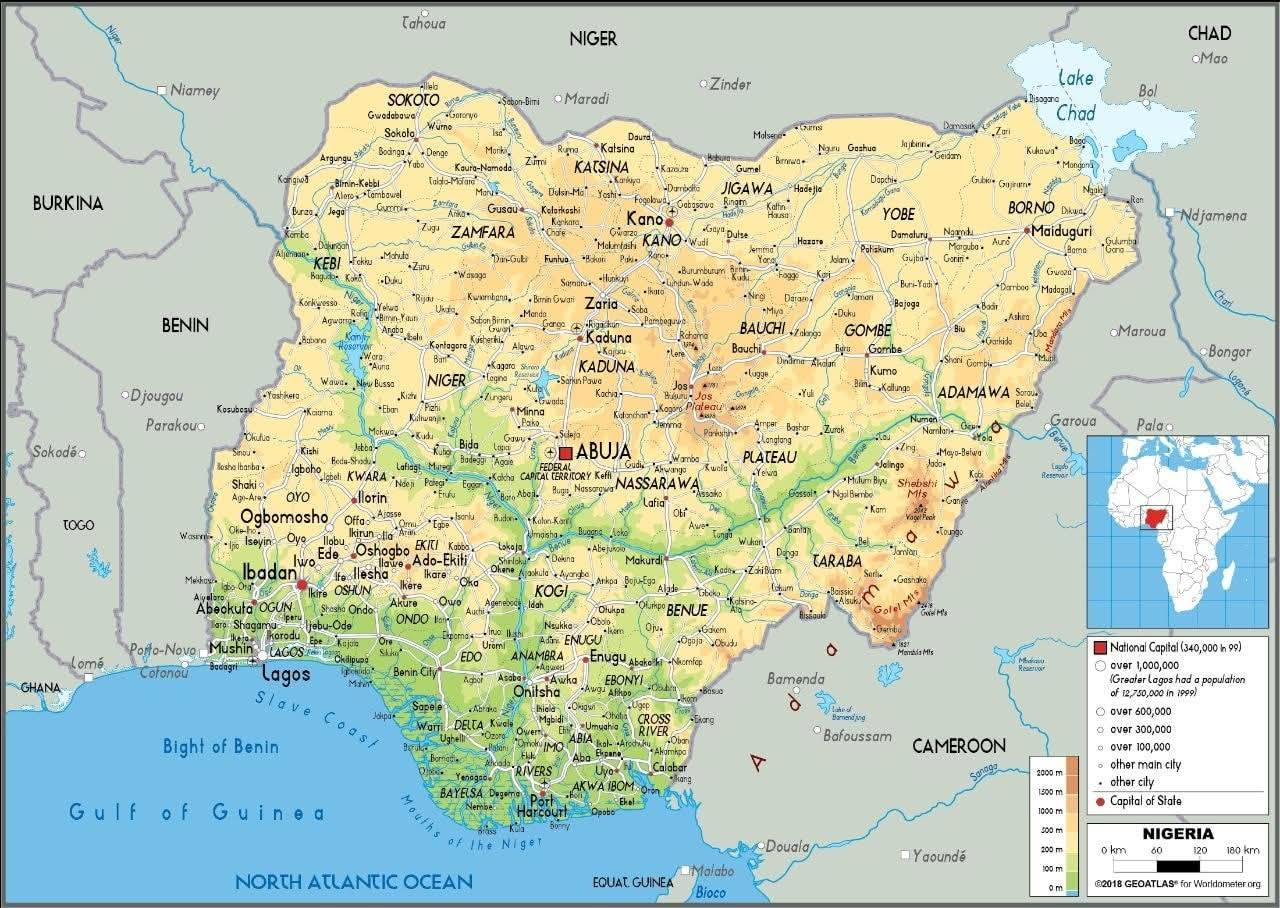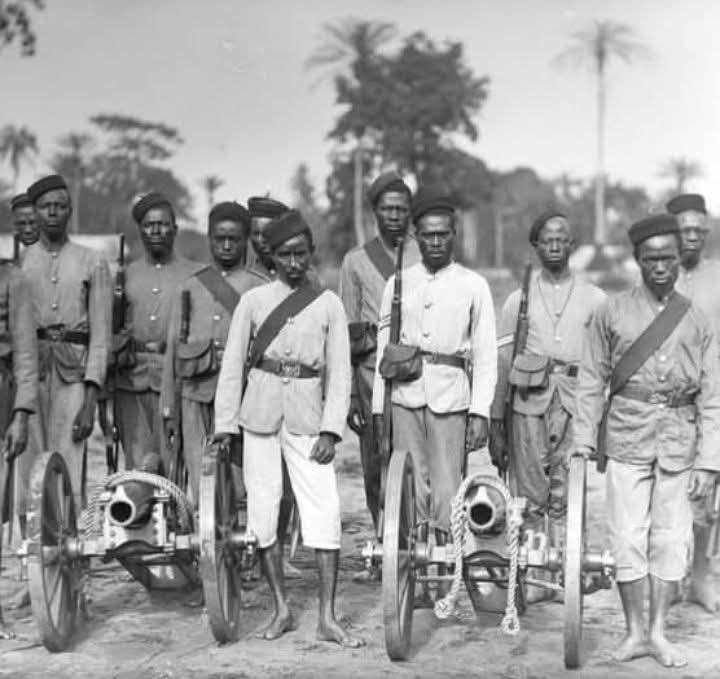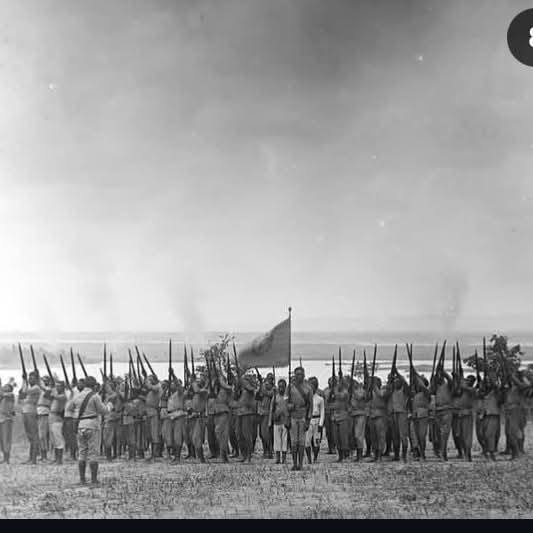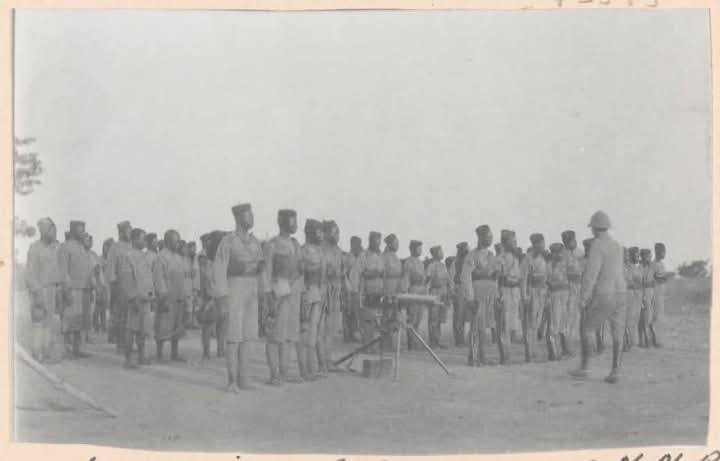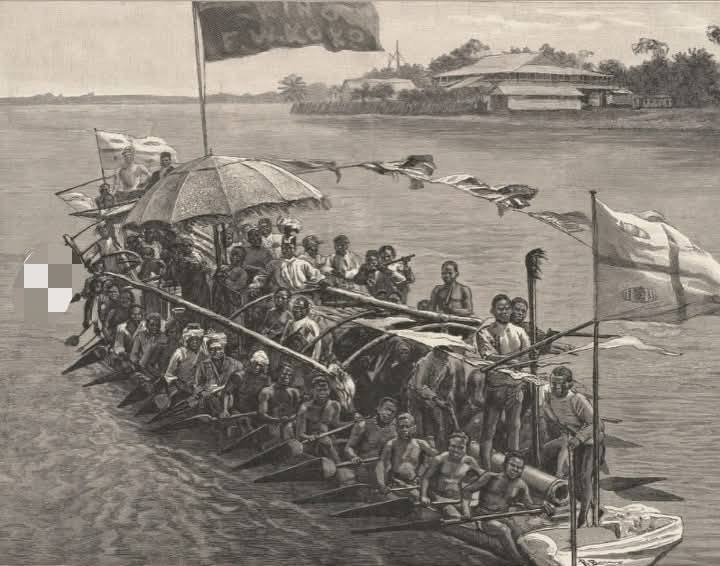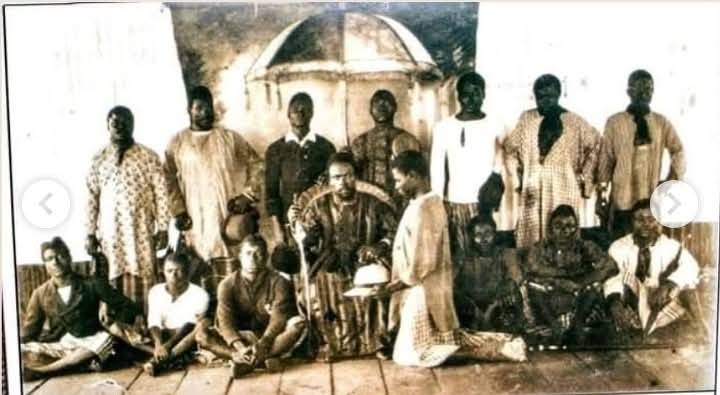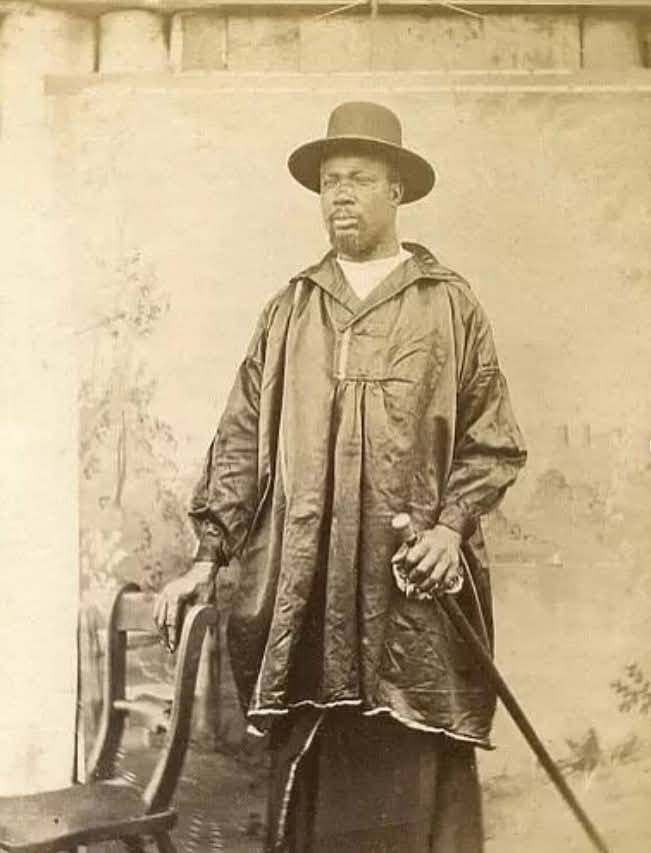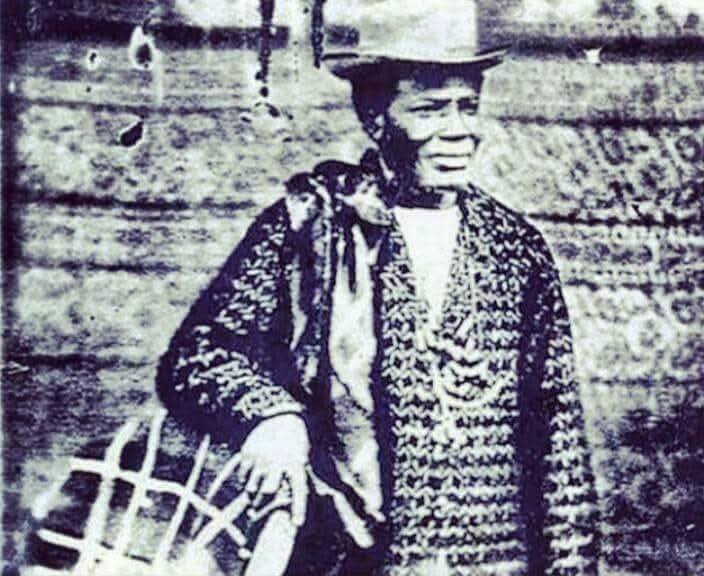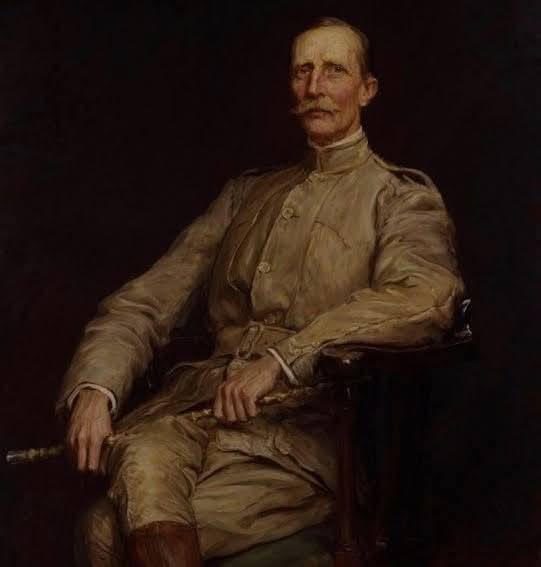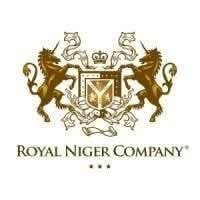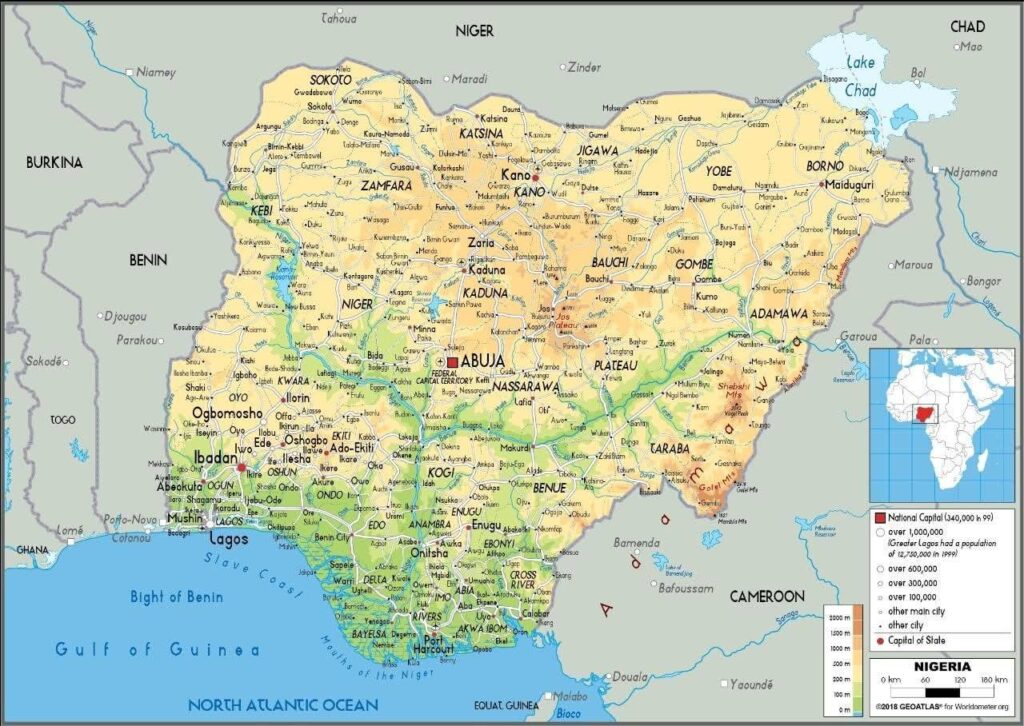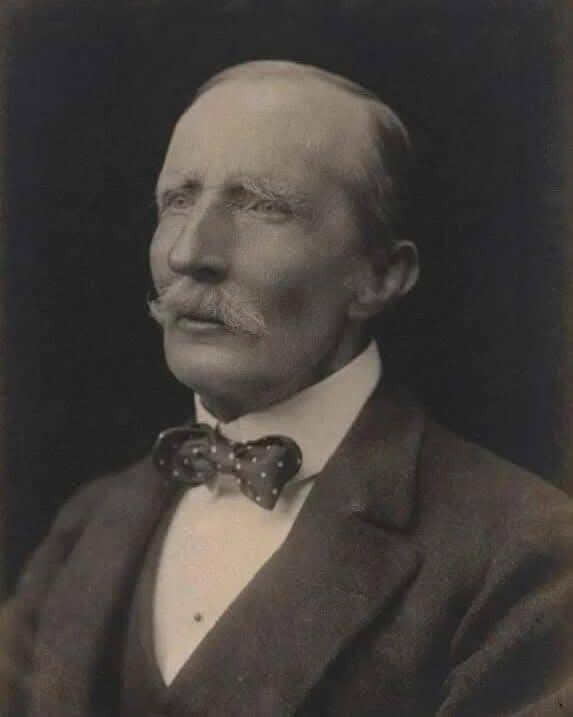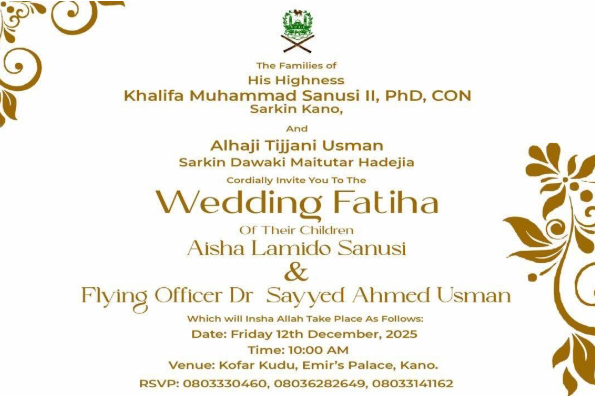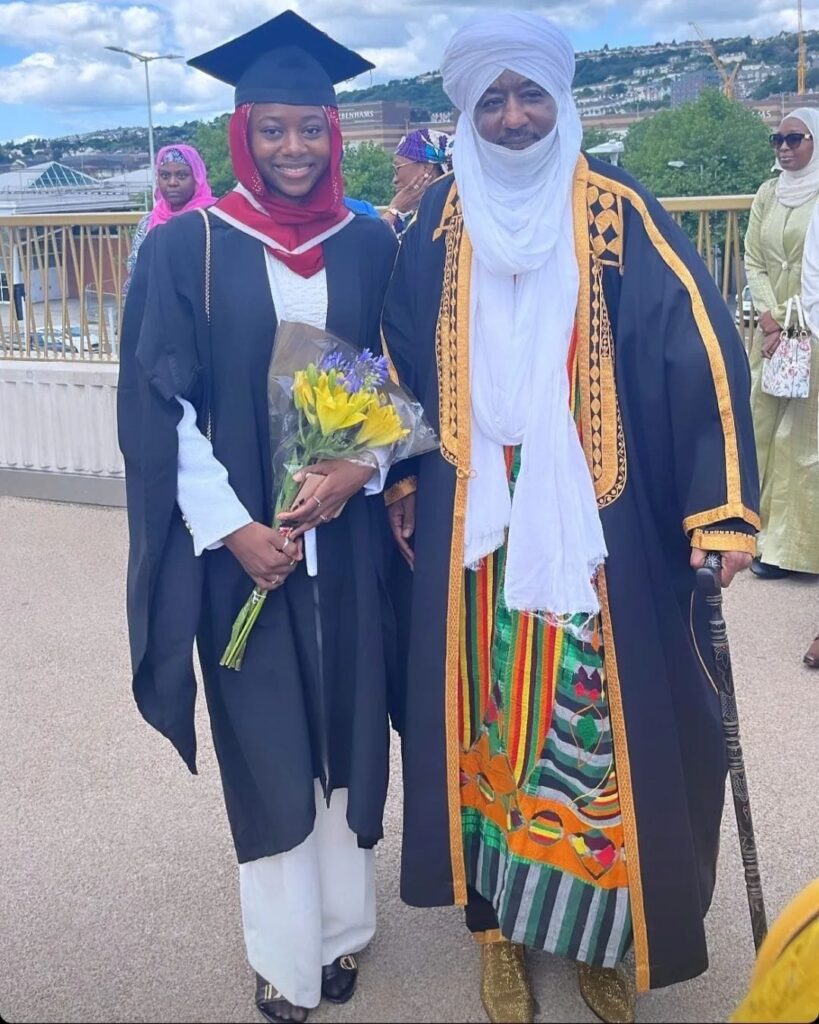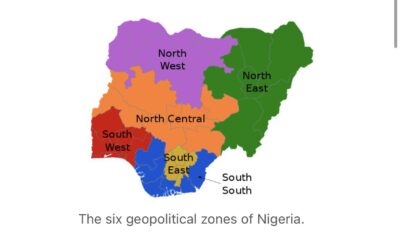In the entertainment space, fame often arrives with a darker companion: online bullying. From actresses to musicians and reality-TV stars, social media has become a brutal arena where women’s bodies are mocked, dissected and policed. Yet, many of these targets have refused to stay silent, choosing instead to reclaim their narratives. Faith Ajayi highlights entertainers who have pushed back against body-shaming and the digital cruelty that comes with stardom
Nkechi Blessing
Actress Nkechi Blessing has never shied away from controversy, but in September 2025, she found herself at the centre of a storm she never anticipated. While taking a break during a routine gym session at an iFitness branch in Lagos, an unflattering photo of her midsection was taken without her knowledge and posted online.
The image triggered harsh mockery from social media users and even a colleague, Blessing CEO, who revisited their past feud in a video.
She said, “Nkechi Blessing, I am shocked you are angry that people are body-shaming you.”
She continued, “Even though we reconciled at JP 2025’s wedding, I remember how you body-shamed me… You told the world you had my nude videos… You went live and showed those videos I sent you in confidence.”
Verydarkman also weighed in, playing an old clip of Blessing promoting a weight-loss product while questioning her claims about body transformation.
Blessing initially responded with humour, writing on Instagram, “I went to the gym to stay fit and healthy, not for a fashion show or runway. With my big belle with pride, una go dey alright!”
But in December 2025, during an appearance on The Honest Bunch podcast, she broke down while discussing the emotional strain. “This is who I am. I wear clothes that make me comfortable. You get BBL and troll me with a natural body?” She added that she tracked down the person who took the photo and had her arrested for privacy invasion and defamation.
Turning the experience into advocacy, Blessing launched the “Big Belle Challenge,” encouraging women to post unfiltered photos. “I don’t like stress. Instead of fighting online, I handled it privately,” she said.
Uriel
Former Big Brother Naija star, actress and entrepreneur, Uriel Oputa, has consistently challenged Nigeria’s rigid beauty standards. One of her major encounters with body-shaming occurred in 2017 during the BBNaija show, when viewers mocked her breasts and questioned her age. She fired back with confidence: “Proud of what God gave me. If my boobs offend you, look away.”
The attacks resurfaced in 2024 after a photo of her at a Lagos party circulated online. Trolls revived conversations about her body, while some made derogatory remarks about her being mixed-race. Uriel later described those comments as “ignorance wrapped in insecurity.”

She pushed back again, posting a bold lingerie video with the caption:
“My body, my rules. My breasts don’t sag for your approval; that’s your insecurity talking.
Do women body-shame other women? Mehn, we’re our own worst enemies.”
Uriel later turned the backlash into an empowerment movement through her Boob Freedom campaign, partnering with lingerie brands to promote natural bodies of all shapes.
“I once lost weight, and they said my boobs got worse. Now? I’m embracing the sag. It’s premium content,” she joked.
Rapper Ruggedman has been one of her biggest supporters, openly celebrating her physique and shutting down trolls whenever they resurface.
DJ Cuppy
Florence Otedola, popularly known as DJ Cuppy, has often found herself the target of colourist and body-shaming attacks despite her global acclaim. After sharing swimsuit photos from her father’s 60th birthday yacht celebration in 2022, trolls criticised her skin tone and mocked her body, with comments such as “too dark and uneven” and “preggy vibes.”
Cuppy responded firmly on social media: “My skin’s my superpower — dark, bold, unapologetic.” She questioned Nigeria’s selective celebration of beauty, asking, “Black excellence, but only if it’s lightened?”
Her fans amplified her message through #CuppyMelaninMagic, which she supported with donations to anti-colourism and skin-positivity organisations across West Africa.
By 2025, Cuppy had turned the incident into fuel for her expanding global brand, performing at international DJ sets, collaborating with top artistes and leaning fully into her identity without apology.
Ayra Starr
Since her breakout in 2021, Ayra Starr has faced intense scrutiny over her fashion choices. At just 18, she was criticised for wearing skimpy clothes, but the backlash intensified after her performance at a Meta concert on October 11, 2022.
Trolls accused her of being “immoral,” while some commentators blamed her label boss, Don Jazzy. But the young star refused to bend. The next day, she went live wearing an even shorter skirt, declaring, “My skirt is short because I’m hot, literally and figuratively. If my legs disturb you, close your eyes when you stream my music.”
She doubled down with the release of Rush, whose lyrics underscored her message of self-assurance.
This year, she followed up with another confidence anthem, Hot Body, reaffirming her stance on self-expression. Today, Ayra Starr performs globally on her own terms, and even her critics queue to take photos with her.
Etinosa Idemudia
Actress Etinosa Idemudia has been open about her struggles with Polycystic Ovary Syndrome, but after giving birth in December 2020, she became the focus of harsh comments about her postpartum body.
In an Instagram video, Idemudia confronted the insults directly. Lifting her dress, she rubbed her stomach and said, “This is my Christabel tummy! I carried emotions, stress and love. If you don’t have a belly, sorry for your flat life.”
The body-shaming continued for years.
In a 2025 interview with PUNCH, she admitted the constant attacks wore her down. “I have been constantly bullied and mocked for my stomach. It affected me… My fat is largely caused by PCOS, but many people don’t know,” she said.
After medical consultations, she opted for cosmetic surgery, framing it as an act of self-care rather than defeat. “Science exists to make life easier… As an actor, looks and skill go hand in hand,” she said.
Moyo Lawal
Moyo Lawal has always been vocal about her body confidence, but her most difficult battle came in 2023 when an ex-partner leaked an intimate video of her. The clip spread rapidly across social media and messaging platforms, triggering intense slut-shaming and online harassment.
Lawal initially responded candidly: “Yes, I make love. I’m single, not a nun. Stop acting brand new.” But the situation escalated when strangers attempted to locate her home, turning body-shaming into life-threatening bullying.
In an emotional live session on September 18, 2023, she said, “You watched, you judged, you shared. That was rape by distribution.” She reported the matter to the police and pursued legal action against those circulating the video.
The trauma pushed her into a year-long break from Nollywood. In early 2024, she admitted, “People think bullying is just comments. It’s violence. It almost pushed me into depression.”
Lawal returned in late 2024 with Curvy Queens, a film celebrating body acceptance, which became a streaming hit and marked a triumphant comeback.
Her battles continued into 2025 when trolls mocked her weight. She responded on X: “If I do surgery, I will tell you. If I don’t, I will still tell you. My body is not your national project.” To another critic, she wrote, “Curves don’t expire. Mind your mileage.”
Now an advocate for digital rights and consent awareness, Lawal has turned her experience into a platform for education, proving that resilience can coexist with vulnerability.
punch.ng
FOLLOW US ON:

